Final Fantasy VII: Manga troppes and Japanese themes in the game
 Manga with Fantasy
Manga with Fantasy
Final Fantasy VII, released by Square Enix in 1997, stands as one of the most iconic and revolutionary video games of all time. It gained fame for its epic storyline, captivating characters, and pioneering graphics, setting new standards for the RPG genre. The game has won the hearts of millions of players worldwide, becoming not just a cult classic in Japan, but also a global phenomenon. Final Fantasy VII played a pivotal role in popularizing Japanese RPGs in Western markets, contributing to the lasting influence of Japanese culture on the global gaming scene.
Many fans and critics have noted that Final Fantasy VII is deeply rooted in the aesthetics and narratives of manga and anime. This is evident in the characteristic style of character drawing, their expressive emotions, and dramatic stories. Examples such as Cloud Strife with his massive sword and complex past, or Aerith Gainsborough with her gentleness and mysterious origins, directly relate to typical manga character archetypes. The way the story is told—full of twists, dramatic confrontations, and deep emotional moments—is also strongly rooted in manga narrative tradition.

Characters Straight out of Manga
Cloud Strife - the main character of Final Fantasy VII seems to be taken straight from the pages of shonen manga, a genre of comics mainly targeted at young boys. His huge sword, Buster Sword, and his mysterious and complex past are characteristic elements of this kind of literature. Cloud exemplifies the "tsundere" archetype—a character that initially appears cold and indifferent but gradually reveals a more sensitive side. His development throughout the game is a journey from a rebellious introvert to someone who opens up to others and learns the value of friendship.
 Aerith Gainsborough (or Aeris), on the other hand, resembles characters from shojo manga, typically aimed at young girls. She is gentle, nurturing, and possesses powers connected to nature, making her a "magical girl" archetype. Her romantic and tragic love story with Cloud is also deeply rooted in shojo aesthetics. Visually, her long brown hair and delicate dress further emphasize these traits, bringing to mind classic manga and anime heroines.
Aerith Gainsborough (or Aeris), on the other hand, resembles characters from shojo manga, typically aimed at young girls. She is gentle, nurturing, and possesses powers connected to nature, making her a "magical girl" archetype. Her romantic and tragic love story with Cloud is also deeply rooted in shojo aesthetics. Visually, her long brown hair and delicate dress further emphasize these traits, bringing to mind classic manga and anime heroines.
Tifa Lockhart, Cloud's childhood friend, combines elements of both shonen and shojo. Her hand-to-hand combat skills and strong character are typical for shonen heroines, while her care for Cloud and other characters shows her softer, shojo side. Her design also reflects this duality, combining a sexy figure with a strong posture.
Barret Wallace, the leader of the eco-terrorist group AVALANCHE, is another example of a character whose roots can be traced back to manga archetypes. His large size, strong voice, and commitment to social issues recall the "father-protector" often found in shonen manga. However, his deep concern for his daughter Marlene reveals a softer side to his personality, a common manga device used to add depth to a character.
Sephiroth, the main antagonist of the game, also has his roots in the manga tradition. His long silver hair, terrifying powers, and complicated history are characteristic of "villains" in shonen manga. His relationship with Cloud, filled with tension and plot twists, is a central point of the plot and resembles the complex conflicts between antagonist and protagonist often found in manga.
 Cait Sith, another unique character from Final Fantasy VII, represents the more eccentric and humorous aspect of manga. This colorful, cat-like robot riding a giant plush Moogle seems to be directly lifted from the pages of shonen or even kodomo manga, which are aimed at a younger audience. His appearance, full of colors and fantastical elements, reminds one of the plush mascots often found in anime and manga for children.
Cait Sith, another unique character from Final Fantasy VII, represents the more eccentric and humorous aspect of manga. This colorful, cat-like robot riding a giant plush Moogle seems to be directly lifted from the pages of shonen or even kodomo manga, which are aimed at a younger audience. His appearance, full of colors and fantastical elements, reminds one of the plush mascots often found in anime and manga for children.
 Vincent Valentine – finally, a mysterious dark knight, whose design and story have clear roots in the seinen manga genre, intended for an older male audience. His dark past, connections to the occult, and deep reflection on his own existence are elements that often appear in this type of literature. Vincent's character adds an additional layer of complexity and depth to Final Fantasy VII, while also paying tribute to the richness of manga genres.
Vincent Valentine – finally, a mysterious dark knight, whose design and story have clear roots in the seinen manga genre, intended for an older male audience. His dark past, connections to the occult, and deep reflection on his own existence are elements that often appear in this type of literature. Vincent's character adds an additional layer of complexity and depth to Final Fantasy VII, while also paying tribute to the richness of manga genres.
Graphics and Manga Aesthetics
Final Fantasy VII, despite its age, still impresses with its graphics and style, which undoubtedly draw from the manga and anime traditions. The characteristically large eyes of the characters, which are considered an expression of emotions and the soul in this culture, are clearly noticeable in the game, especially in the remastered version and the remake. This graphic style facilitates emotional connections between players and characters, a key element in immersive role-playing games. An example here is Cloud Strife, whose large, mako-infused eyes not only reflect his connection to the materia, but also help express his inner conflicts and emotions.
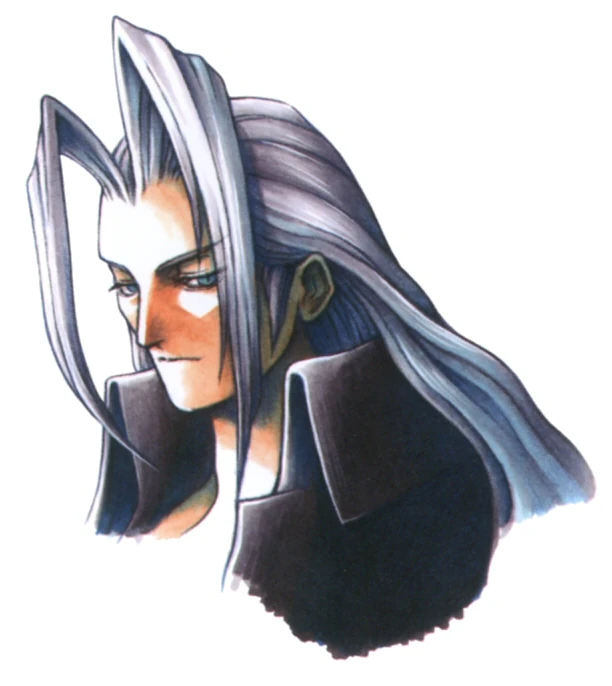
Manga and anime influences can also be seen in the way emotions and facial expressions of the characters are presented. Both in cutscenes and during gameplay, characters express their feelings with exaggerated gestures and facial expressions, a characteristic feature of the anime style. This approach allows for a stronger conveyance of emotions and intensification of the player's experience, crucial in a story as emotionally rich as Final Fantasy VII. Ultimately, all these graphic and stylistic elements contribute to the unique atmosphere of the game, creating a visual bridge between the world of Final Fantasy and the rich tradition of manga and anime.
Elements of the World and Story Typical for Manga and Anime
 Architecture and Landscape
Architecture and Landscape
Midgar, the main city in Final Fantasy VII, is an example of futuristic design that still refers to Japanese cities. The high skyscrapers and complex transportation system may remind one of Tokyo, but the decidedly dystopian character of the city also reflects Japanese concerns related to industrialization and environmental pollution. In other parts of the game’s world, such as Wutai, we see strong references to traditional Japanese architecture and culture, with pagodas and shoji (rice paper doors or walls).
Religion and Philosophy
The influences of Shinto, Buddhism, and other Eastern philosophies are visible in many aspects of the game. The concept of Lifestream, the life-giving energy flowing through the planet, can be interpreted as a nod to Shinto belief in kami, spirits present in every aspect of nature. The altars and religious sites we encounter in the game also reflect Japanese religious traditions.
 Samurai and Bushido
Samurai and Bushido
The character Sephiroth, with his long sword and stoic behavior, resembles a Japanese samurai. His ethos of fighting and living can be interpreted as a reference to bushido, the moral code of samurai. This combination of strength, honor, and a certain dose of tragedy makes Sephiroth one of the most memorable characters in the history of video games.
 Weapons in Final Fantasy VII
Weapons in Final Fantasy VII
Final Fantasy VII goes beyond stereotypes, presenting a variety of weapon types inspired by Japanese culture and history. Masamune, a legendary Japanese blade, plays a key role in Sephiroth’s arsenal, becoming his trademark. It is a long, slender, and sharp katana blade, whose history goes back to feudal Japan. Cloud Strife, the game's main character, wields the huge Buster Sword, which, although not directly related to Japanese tradition, brings to mind the exaggerated styles of weapons often seen in anime and manga. The game also features other types of Japanese weapons, such as wakizashi and ninjato, used by characters like Yuffie (with shuriken stars). This variety of weapons not only adds depth and authenticity to the game’s world but also allows players to immerse themselves in Japanese warrior culture.
Monsters from Japanese Mythology
Final Fantasy VII draws abundantly from the richness of Japanese mythology, especially when it comes to monsters and creatures players face. One example is Yojimbo, a samurai spirit who appears as a guardian in one of the game's locations. His character refers to the spirit of bushido and samurai bravery. Naga, another monster in the game, is based on the Japanese legend of Nure-onna, a snake-like creature with a woman’s head. There are also many other creatures such as Tengu and Oni, which have their roots in Japanese folklore and mythology. These references to traditional legends and stories not only enrich the game's world but also serve as a form of tribute to Japan’s cultural heritage.
Manga and Anime Inspired by FF7
Adaptations and Inspirations in Anime
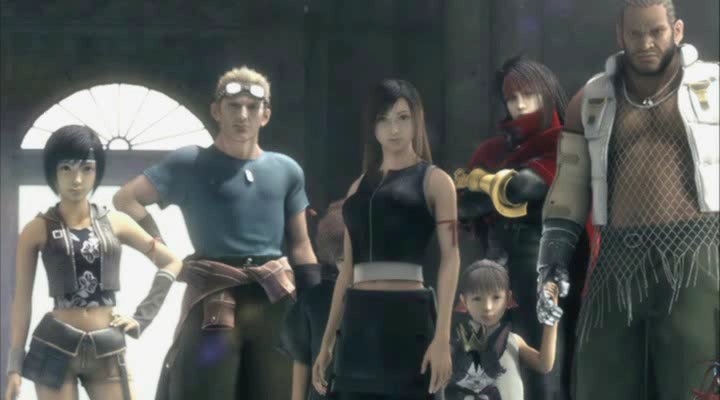
Manga and Light Novel
Following the success of the game and the film, “Final Fantasy VII” has also been adapted into manga and light novel forms. These versions tell side stories, exploring the characters’ personalities and past more deeply, and introducing new threads. Readers can immerse themselves in the world of FF7 anew, discovering additional layers of the story and getting to know their beloved characters better.
Examples of Manga Based on FF7
 Final Fantasy VII: On the Way to a Smile
Final Fantasy VII: On the Way to a Smile
Author: Kazushige Nojima
This series of light novels serves as a bridge between the original game "Final Fantasy VII" and its film continuation "Advent Children". It consists of several stories focused on different characters such as Tifa, Barret, Aerith, and Denzel. These stories explore their inner conflicts and feelings, showing how they cope with trauma after the game's events and how they prepare for upcoming challenges.
Final Fantasy VII: The Kids Are Alright: A Turks Side Story
Author: Kazushige Nojima
This light novel focuses on the adventures of Evan Townshend, a young man searching for his missing mother in a world still recovering from the game's events. This story is closely linked to "Final Fantasy VII: Advent Children" and allows readers to delve into the mysteries of the Turks organization and understand what happened in the game's world after its conclusion.
 Final Fantasy VII: Hoshi o Meguru Otome (Maiden who Travels the Planet)
Final Fantasy VII: Hoshi o Meguru Otome (Maiden who Travels the Planet)
Author: Benny Matsuyama
This manga tells the story of Aerith Gainsborough after her death in "Final Fantasy VII", showing how her spirit wanders through the Lifestream, reminisces about the past, and intervenes to help her friends. It provides a unique perspective on the game's world and gives readers a chance to reconnect with one of the most iconic characters in the series.
Anime Based on FF7
 "Final Fantasy VII: Last Order" is a short animated film (OVA) that narrates the events of Nibelheim, seen from the perspectives of Zack Fair and Cloud Strife. The anime focuses on the relationship between Zack and Cloud, as well as their confrontation with Sephiroth, and depicts the events leading directly to the beginning of “Final Fantasy VII”. "Last Order" also explores themes related to Shinra Corporation's experiments and the SOLDIER program.
"Final Fantasy VII: Last Order" is a short animated film (OVA) that narrates the events of Nibelheim, seen from the perspectives of Zack Fair and Cloud Strife. The anime focuses on the relationship between Zack and Cloud, as well as their confrontation with Sephiroth, and depicts the events leading directly to the beginning of “Final Fantasy VII”. "Last Order" also explores themes related to Shinra Corporation's experiments and the SOLDIER program.
The anime was released in 2005 and was included as a bonus in the special edition of "Final Fantasy VII: Advent Children" in Japan. Although "Last Order" is quite short (lasting just 25 minutes), it managed to capture the atmosphere of the "Final Fantasy VII" world and provide fans with additional context for the events depicted in the game.
However, it's worth noting that "Last Order" is not officially recognized as part of the "Final Fantasy VII" canon by Square Enix, and some elements presented in the anime differ from those that appeared in the original game. Despite these differences, "Final Fantasy VII: Last Order" is a valuable addition for fans seeking a deeper understanding of the world and characters of "Final Fantasy VII".
Summary
"Final Fantasy VII" is a work that transcends the boundaries of the video game medium, becoming an integral part of popular culture worldwide. The game, or more accurately, the story that FF7 tells is universal, and its reception is possible for fans regardless of their birthplace or the generation they live in. At the same time, it has a plethora of specific references to Japanese culture and the aesthetics of manga and anime. The game's creators managed to create a world where Japanese cultural heritage coexists and complements universal themes, speaking to a wide audience around the world.
While "Final Fantasy VII" has influenced entire generations of gamers, it has also drawn inspiration from the rich tradition of Japanese manga and anime. These elements are visible not only in character design and storytelling but also in the overall aesthetics and tone of the game. This cultural symbiosis ensures that "Final Fantasy VII" remains a timeless work that continues to inspire and fascinate, even many years after its initial release. How the game continues to live in popular culture and how its elements are reflected in various forms of media is a testament to its enduring legacy and the profound impact it has had on the world.
"Strong Japanese Women"
see book by the author
of the page
未開 ソビエライ
An enthusiast of Asian culture with a deep appreciation for the diverse philosophies of the world. By education, a psychologist and philologist specializing in Korean studies. At heart, a programmer (primarily for Android) and a passionate technology enthusiast, as well as a practitioner of Zen and mono no aware. In moments of tranquility, adheres to a disciplined lifestyle, firmly believing that perseverance, continuous personal growth, and dedication to one's passions are the wisest paths in life. Author of the book "Strong Women of Japan" (>>see more)
Personal motto:
"The most powerful force in the universe is compound interest." - Albert Einstein (probably)
Mike Soray
(aka Michał Sobieraj)
未開 ソビエライ
An enthusiast of Asian culture with a deep appreciation for the diverse philosophies of the world. By education, a psychologist and philologist specializing in Korean studies. At heart, a programmer (primarily for Android) and a passionate technology enthusiast, as well as a practitioner of Zen and mono no aware. In moments of tranquility, adheres to a disciplined lifestyle, firmly believing that perseverance, continuous personal growth, and dedication to one's passions are the wisest paths in life. Author of the book "Strong Women of Japan" (>>see more)
Personal motto:
"The most powerful force in the universe is compound interest." - Albert Einstein (probably)
Mike Soray
(aka Michał Sobieraj)
Write us...
Ciechanów, Polska
dr.imyon@gmail.com
___________________
inari.smart
Would you like to share your thoughts or feedback about our website or app? Leave us a message, and we’ll get back to you quickly. We value your perspective!
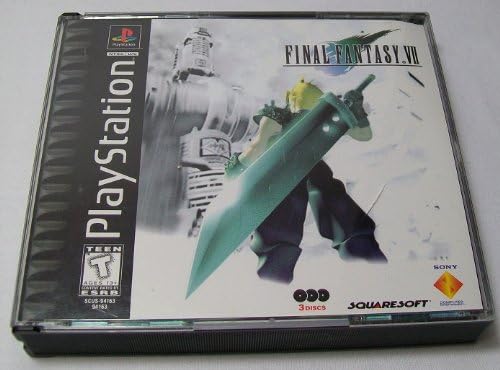 Manga with Fantasy
Manga with Fantasy 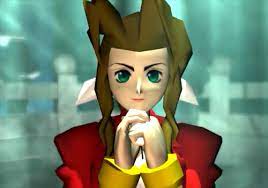 Aerith Gainsborough (or Aeris), on the other hand, resembles characters from shojo manga, typically aimed at young girls. She is gentle, nurturing, and possesses powers connected to nature, making her a "magical girl" archetype. Her romantic and tragic love story with Cloud is also deeply rooted in shojo aesthetics. Visually, her long brown hair and delicate dress further emphasize these traits, bringing to mind classic manga and anime heroines.
Aerith Gainsborough (or Aeris), on the other hand, resembles characters from shojo manga, typically aimed at young girls. She is gentle, nurturing, and possesses powers connected to nature, making her a "magical girl" archetype. Her romantic and tragic love story with Cloud is also deeply rooted in shojo aesthetics. Visually, her long brown hair and delicate dress further emphasize these traits, bringing to mind classic manga and anime heroines. Cait Sith, another unique character from Final Fantasy VII, represents the more eccentric and humorous aspect of manga. This colorful, cat-like robot riding a giant plush Moogle seems to be directly lifted from the pages of shonen or even kodomo manga, which are aimed at a younger audience. His appearance, full of colors and fantastical elements, reminds one of the plush mascots often found in anime and manga for children.
Cait Sith, another unique character from Final Fantasy VII, represents the more eccentric and humorous aspect of manga. This colorful, cat-like robot riding a giant plush Moogle seems to be directly lifted from the pages of shonen or even kodomo manga, which are aimed at a younger audience. His appearance, full of colors and fantastical elements, reminds one of the plush mascots often found in anime and manga for children.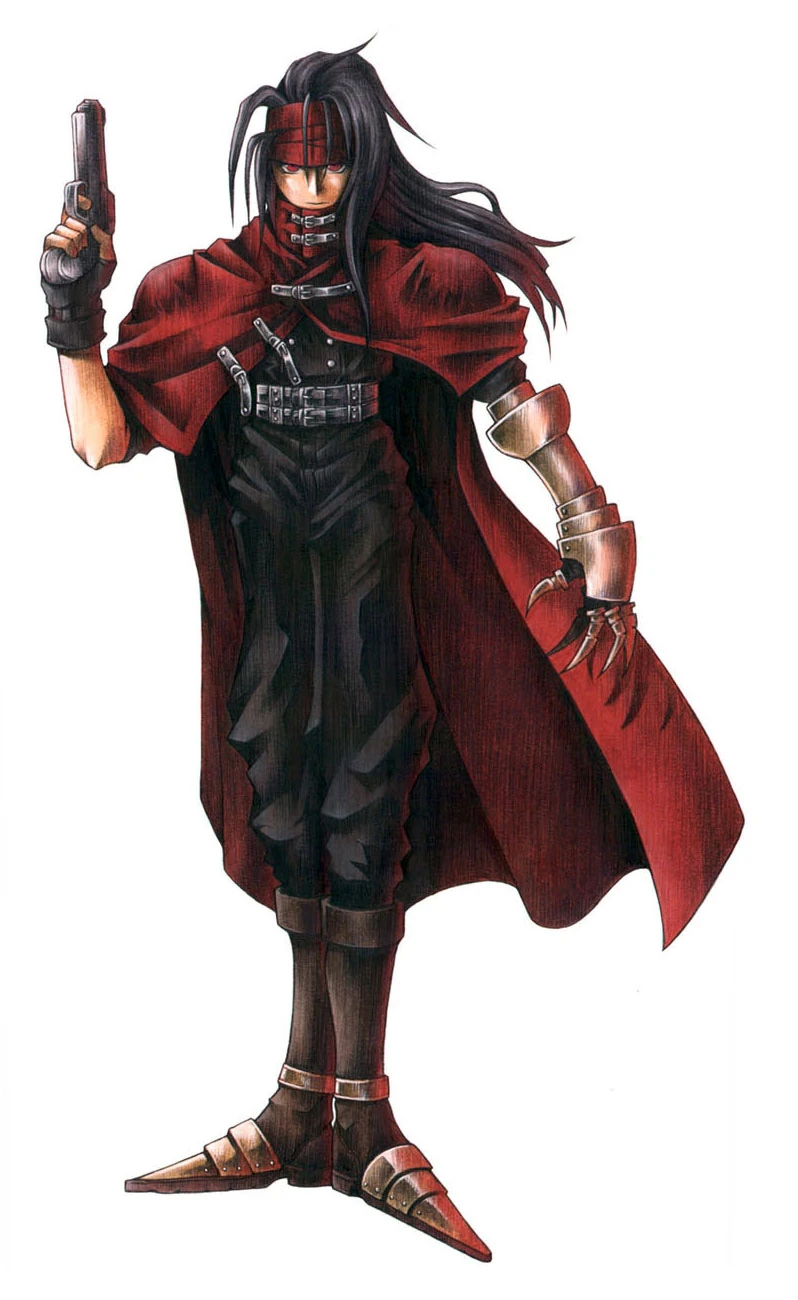 Vincent Valentine – finally, a mysterious dark knight, whose design and story have clear roots in the seinen manga genre, intended for an older male audience. His dark past, connections to the occult, and deep reflection on his own existence are elements that often appear in this type of literature. Vincent's character adds an additional layer of complexity and depth to Final Fantasy VII, while also paying tribute to the richness of manga genres.
Vincent Valentine – finally, a mysterious dark knight, whose design and story have clear roots in the seinen manga genre, intended for an older male audience. His dark past, connections to the occult, and deep reflection on his own existence are elements that often appear in this type of literature. Vincent's character adds an additional layer of complexity and depth to Final Fantasy VII, while also paying tribute to the richness of manga genres.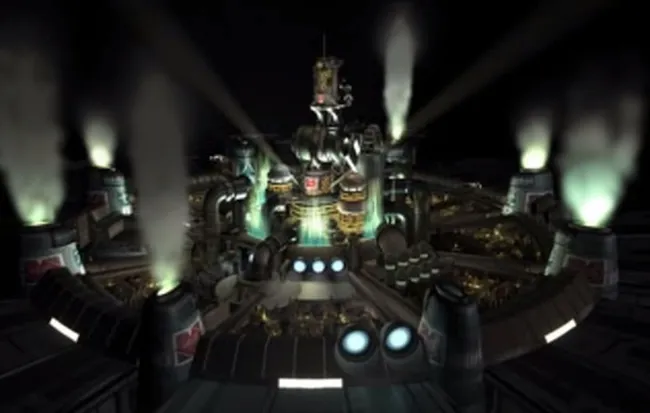 Architecture and Landscape
Architecture and Landscape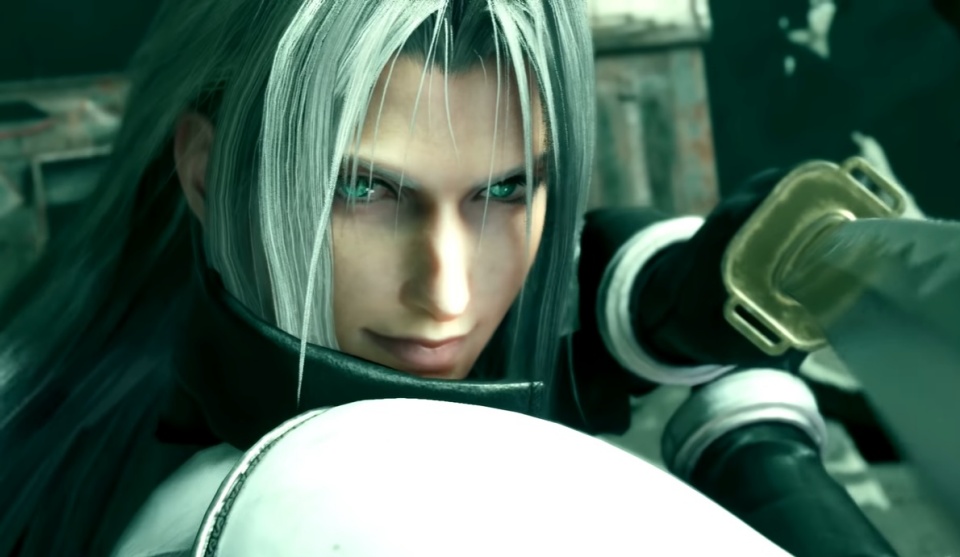 Samurai and Bushido
Samurai and Bushido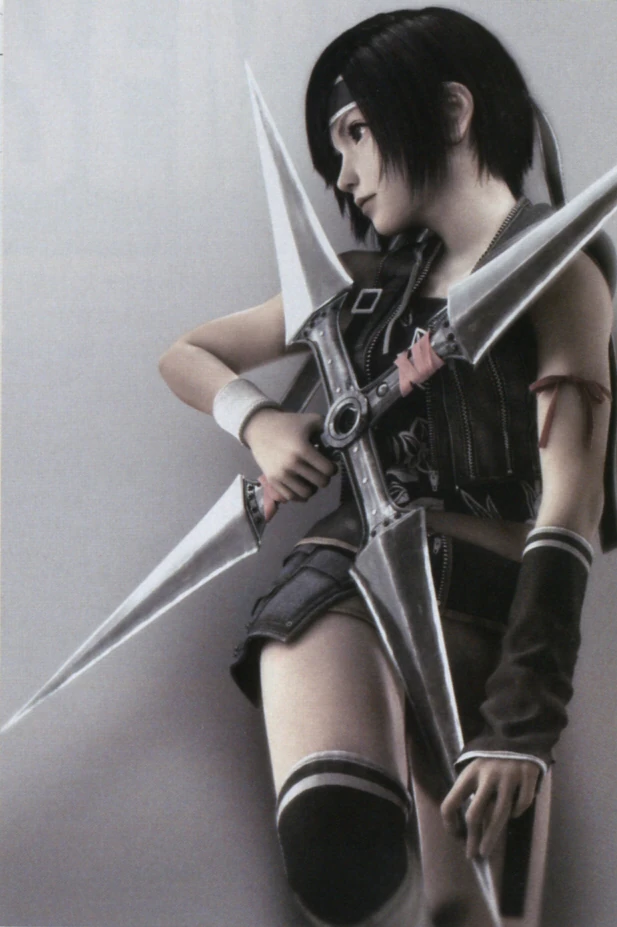 Weapons in Final Fantasy VII
Weapons in Final Fantasy VII Final Fantasy VII: On the Way to a Smile
Final Fantasy VII: On the Way to a Smile  Final Fantasy VII: Hoshi o Meguru Otome (Maiden who Travels the Planet)
Final Fantasy VII: Hoshi o Meguru Otome (Maiden who Travels the Planet)  "Final Fantasy VII: Last Order" is a short animated film (OVA) that narrates the events of Nibelheim, seen from the perspectives of Zack Fair and Cloud Strife. The anime focuses on the relationship between Zack and Cloud, as well as their confrontation with Sephiroth, and depicts the events leading directly to the beginning of “Final Fantasy VII”. "Last Order" also explores themes related to Shinra Corporation's experiments and the SOLDIER program.
"Final Fantasy VII: Last Order" is a short animated film (OVA) that narrates the events of Nibelheim, seen from the perspectives of Zack Fair and Cloud Strife. The anime focuses on the relationship between Zack and Cloud, as well as their confrontation with Sephiroth, and depicts the events leading directly to the beginning of “Final Fantasy VII”. "Last Order" also explores themes related to Shinra Corporation's experiments and the SOLDIER program. 

